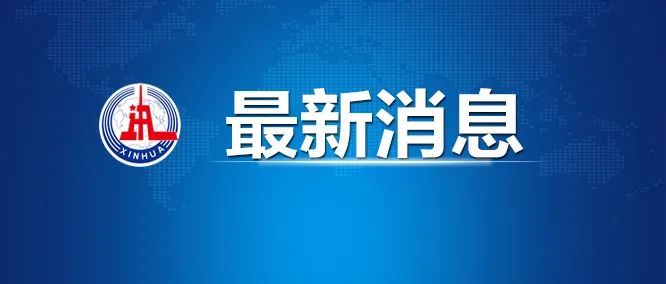Samsung’s HBM3E Supply to Nvidia Faces Major Setback:2024 Delivery Unlikely
Samsung’s ambitious plan to supplyhigh-bandwidth memory (HBM3E) to Nvidia this year appears to be on the brink of collapse. The South Korean tech giant is reportedly strugglingto meet Nvidia’s stringent quality standards, casting doubt on its ability to deliver the crucial memory chips in 2024. This setback marks asignificant blow to Samsung, which once dominated the HBM and NAND flash memory markets.
The news, initially reported by the Korean daily newspaper The Korea Economic Daily, paints a grim picture for Samsung’s immediate prospects. Sources indicatethat Samsung has failed to pass Nvidia’s rigorous qualification tests, primarily due to its inability to match the advanced manufacturing processes employed by its main competitor, SK hynix. This failure to meet Nvidia’s HBM standards leaves Samsung’s 2024 supply prospects looking almost impossible, according to the report.
While Samsung acknowledged the challenges in a recent investor briefing, expressing cautious optimism about potential breakthroughs, the reality seems far less promising. The company’s inability to secure Nvidia’s sampling qualification is largely attributed to SK hynix’s technological lead. SK hynix’s utilization of advanced processes, including MR-MUF (likely referring to a proprietary manufacturing technique), has created a high barrier to entry, leaving Samsung struggling to gain Nvidia’s trust and secure orders.
This situation highlights a concerning trend for Samsung.While competitors like SK hynix and Micron are already supplying components to major industry players like Nvidia, Samsung finds itself increasingly sidelined. The impact extends beyond HBM3E. SK hynix recently achieved a significant milestone by becoming the world’s first manufacturer to showcase 321-layer NAND solutions, further solidifying its lead and widening the gap with Samsung in the NAND flash memory market.
The implications of Samsung’s struggles are far-reaching. Nvidia, a leading player in the high-performance computing and graphics processing unit (GPU) markets, relies heavily on reliable HBM suppliers to meet the growingdemands of its cutting-edge products. Samsung’s failure to deliver HBM3E in 2024 could lead to supply chain disruptions and potentially impact the availability of Nvidia’s next-generation GPUs. This could also give SK hynix a significant competitive advantage, allowing them to further consolidate theirmarket position.
However, all is not lost for Samsung. The company remains optimistic about its prospects for 2025, aiming to begin supplying HBM3E to Nvidia and other major clients in the first quarter of the year. Samsung’s vertically integrated business model, encompassing its own semiconductor andmemory production lines, is expected to provide a strategic advantage in the development of next-generation HBM4 technology. This vertical integration allows for greater control over the entire production process, potentially accelerating development and improving yield.
Nevertheless, the company needs to act swiftly. SK hynix’s collaboration with TSMC(Taiwan Semiconductor Manufacturing Company) on HBM4 development presents a significant challenge. This partnership combines SK hynix’s memory expertise with TSMC’s advanced fabrication capabilities, potentially creating a formidable competitor for Samsung in the next generation of HBM technology. Samsung will need to leverage its own strengths and innovate aggressivelyto regain its competitive edge and prevent further erosion of its market share.
The situation underscores the intense competition and rapid technological advancements within the memory chip industry. The race to develop and supply cutting-edge memory solutions like HBM is crucial for companies aiming to stay at the forefront of the high-performance computing revolution.Samsung’s current setbacks highlight the importance of continuous innovation, stringent quality control, and the ability to adapt quickly to the ever-evolving demands of the market. The coming months will be critical for Samsung as it strives to overcome its current challenges and reclaim its position as a leading memory supplier. The outcomewill have significant implications for the broader semiconductor industry and the future of high-performance computing.
Conclusion:
Samsung’s failure to deliver HBM3E to Nvidia in 2024 represents a significant setback for the company, highlighting the intense competition and rapid technological advancements within the memory chip sector. Whilethe company maintains optimism for 2025 and its next-generation HBM4 technology, it faces a considerable challenge in catching up to SK hynix’s technological lead. The situation underscores the need for continuous innovation and strategic partnerships to maintain competitiveness in this rapidly evolving market. The future of Samsung’s memory business hinges on its ability to overcome these challenges and regain its market share.
References:
- The Korea Economic Daily (Specific article link would be inserted here if available)
- Samsung Investor Briefing (Specific link would be inserted here if available)
- Various industry reports and news articles on HBM and NAND flash memory markets (Specific links would be added here, following a consistent citation style such as APA).
Views: 0
